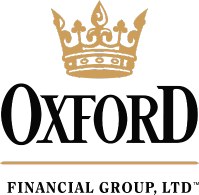Legacy in Practice: Stewardship, Family Summits and the Continuity of Family Wealth
by Keenan P. Call, JD, CPWA®, ABFP®, Director, Family Office Services Estate planning, when approached thoughtfully, is about much more than transferring assets—it’s about preparing

